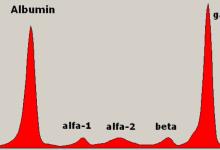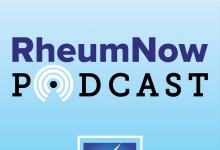The NEJM has published a report from van Vollenhoven et al showing a new dual B cell inhibitor, telitacicept, to be effective when given to active systemic lupus erythematosus (SLE) patients; but this comes with a few safety concerns.
Telitacicept is a novel inhibitor of B-lymphocyte stimulator (BLyS) and APRIL (a proliferation-inducing ligand).
A phase 3 trial conducted in China enrolled and randomized 335 active SLE patients (on a background of standard lupus therapies [SOC]) who were randomly assigned (1:1 ratio) to either telitacicept (160 mg) or placebo subcutaneously once weekly for 52 weeks. The primary end point at week 52 was a modified SLE Responder Index 4 (SRI-4) response (with a reduction of at least 4 points in the SELENA-SLEDAI score (ranging from 0 to 105, with no new disease activity as measured on the BICLA index, and no worsening in the Physician’s Global Assessment score.
At week 52, significant outcomes favored telitacicept over placebo:
Adverse events were more common with telitacicept compared to placebo (74.9% vs. 50.0%). This includes more upper respiratory tract infection (URI) (31.7% vs. 19.0%), a reduced serum IgG level (15.6% vs. 1.2%), a reduced serum IgM level (15.0% vs. 0.6%), and injection-site reactions (ISRs) (12.6% vs. 0.6%).
These phase 3 results demonstrated the efficacy of telitacicept with SOC in active SLE patients; yet telitacicept patients had more URIs, lowered immunoglobulin levels and ISRs.
Telitacicept has also shown encouraging efficacy in early or phase 2 trials in SLE, rheumatoid arthritis and Sjogren's disease.











If you are a health practitioner, you may Login/Register to comment.
Due to the nature of these comment forums, only health practitioners are allowed to comment at this time.